U.S. Embassy in Mozambique honours winners of 2025 Alumni Awards for Community Impact
Mozambique: Playing, in a Chiúre school yard, helps erase memories of escaping on foot – photos
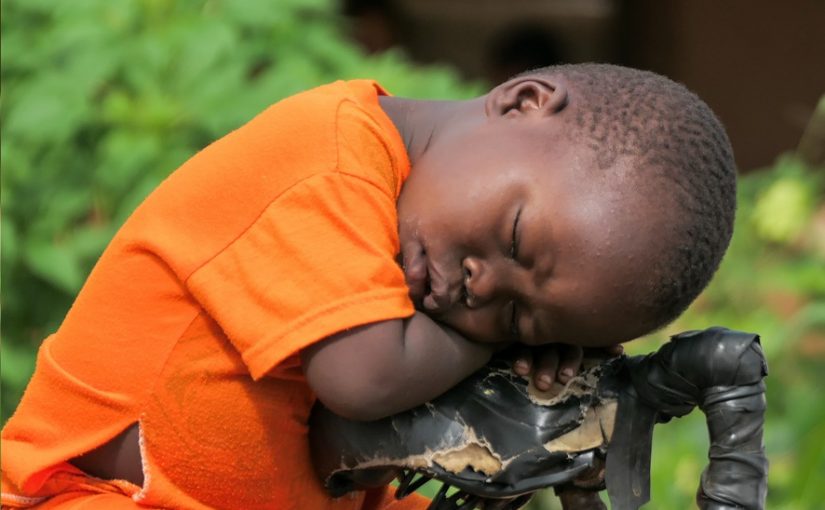
All photos: Paulo Julião/Lusa
In the yard of Namicire school in Chiùre, children play without worries on a Saturday without classes, in a place they came to know only after days of walking to escape the terrorist attacks in Cabo Delgado, Mozambique.
“I came with a lot of people. I arrived with five children,” 45-year-old Emiliano Najuelawaya explains to Lusa. He walked on foot for five days after an attack on the village of Ntonhane in Chiúre-Velho administrative post at the beginning of last week.
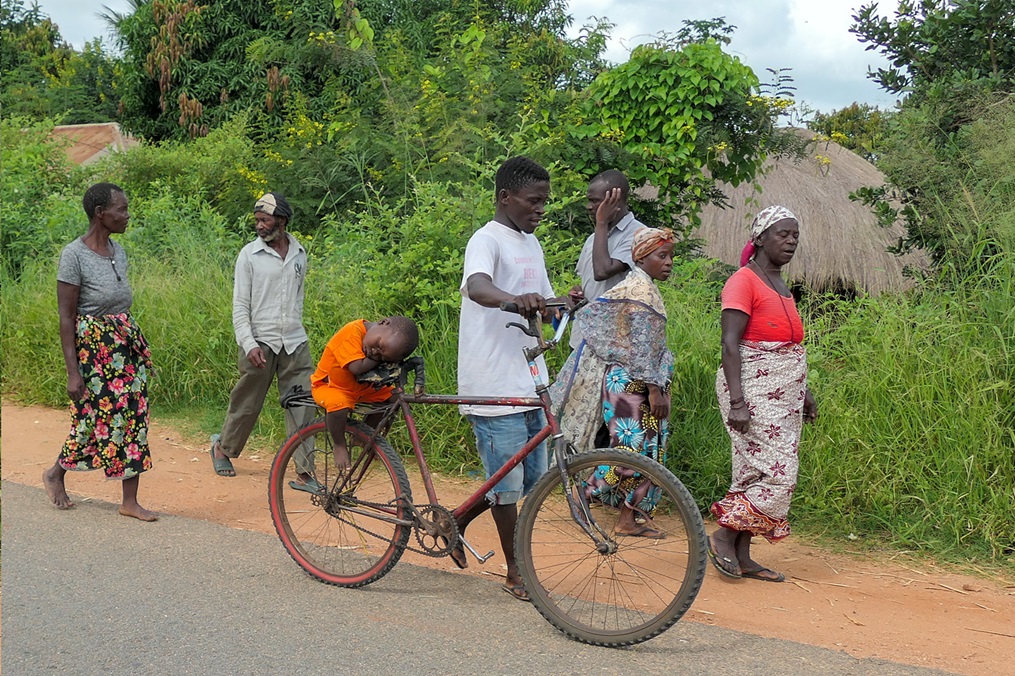
“Five days of walking, because it’s a distance of 37 kilometres,” Emiliano told Lusa on Saturday. He left his ‘machamba’ (agricultural plot) behind and arrived to find the school transformed into a resettlement centre, with a few tents and hundreds of people wandering around seeking help.
Now installed in one of the few tents in the school yard, he reports that, in his village alone, “more than five people” died.
“Bullets, atrocities, threats, deaths. We had to flee,” he says, while the children play, right next to him, with wheeled cars made out of bamboo, others in the typical ‘neca’ game, drawn on the floor, or simply skipping, as if the schoolyard was just like any other in Mozambique.
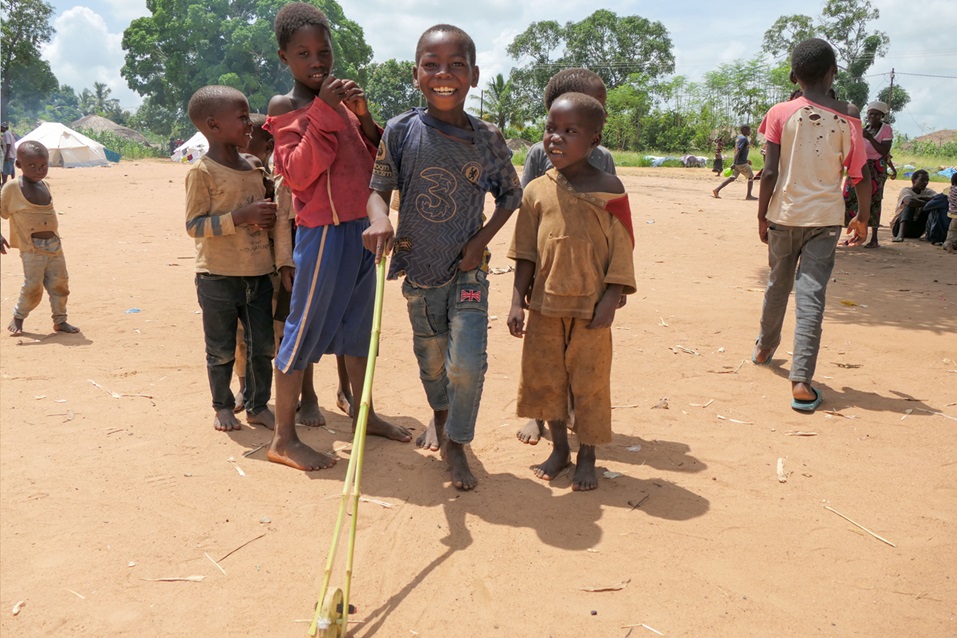
Like many others there, Emiliano was still “without food or clothes”, not even a tarpaulin for shelter. But at least he managed to reunite the family in Chiùre. Others, from the same village, fled south to Nampula, swimming across the Lúrio River, which separates that province from Cabo Delgado.
“They wanted to cross the river but didn’t know how to swim. It’s rainy weather, they couldn’t swim – many children died,” Emiliano says.
Emiliano was one of those who lost his house at the hands of the insurgents in a conflict that he still cannot understand: “They don’t say what they want; whether they want to win, want independence. They just burn houses, burn motorbikes. We don’t understand what they want.”
“We could only escape with children on your lap, children on foot. There was no way,” he says, anguished.
In the courtyard of the Escola Primária Completa (EPC) in Namicire, queues for registration of displaced people who continued to arrive lengthened still further on Saturday.
In recent weeks, cases of attacks by insurgent groups have been reported in several villages and roads in Cabo Delgado, including attacks on vehicles, kidnapping of drivers and extortion of money to travel on the roads.
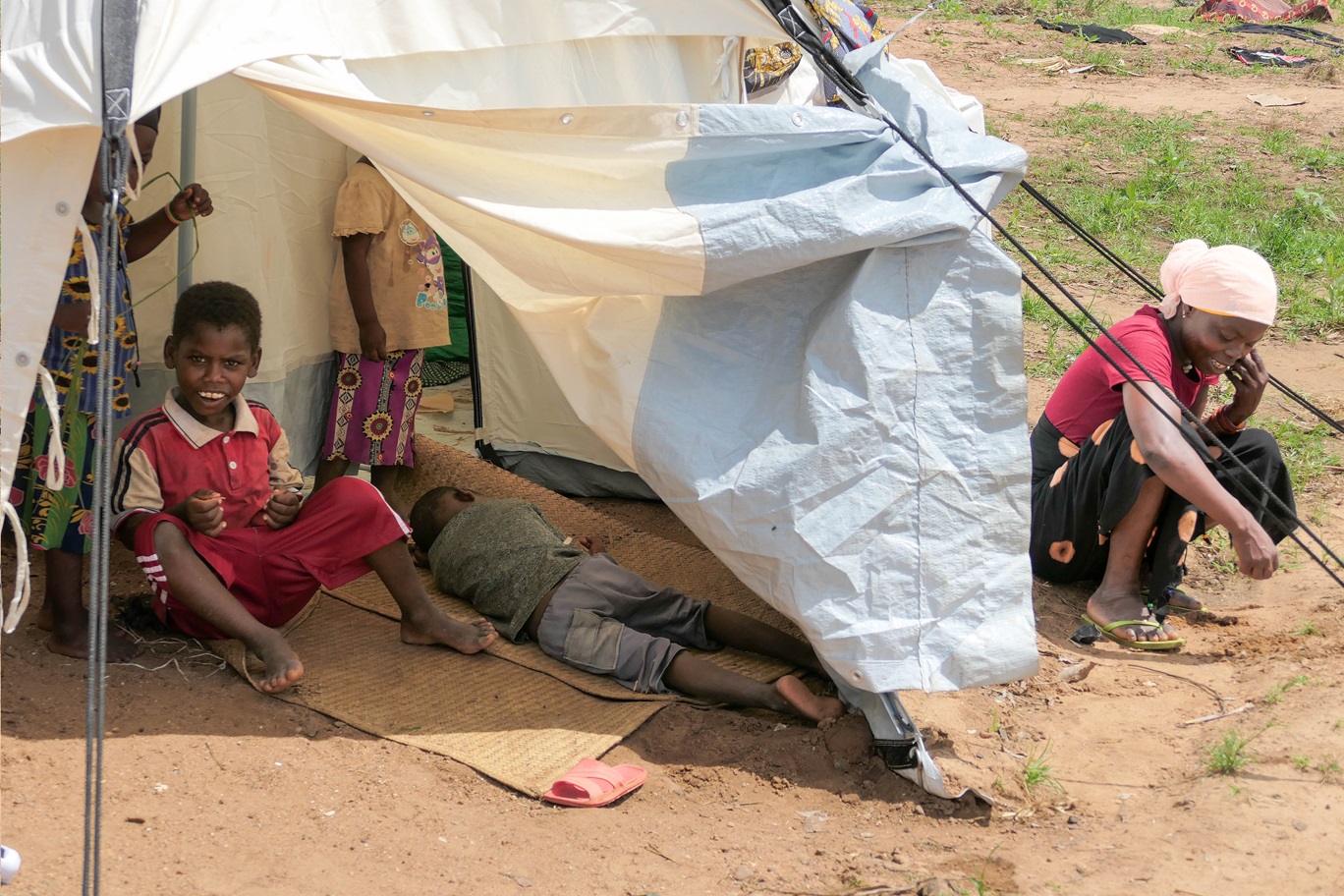
The extremist group Islamic State (IS) recently claimed responsibility for a terrorist attack in Macomia, in Cabo Delgado, and the death of at least 20 people, one of the most violent in several months.
The province of Cabo Delgado has been facing attacks claimed by IS for six years, which has led to a military response since July 2021, with support from Rwanda and the Southern African Development Community (SADC), liberating districts next to natural gas projects projects.
Bahari Ali Cassimo is a councillor for Planning, Administration and Finance in the municipality of Vila de Chiùre, which since the beginning of the insurgent attacks in 2017 has received displaced people from across the province of Cabo Delgado.
However, attacks have never been so close as now – just a few kilometres from the town.
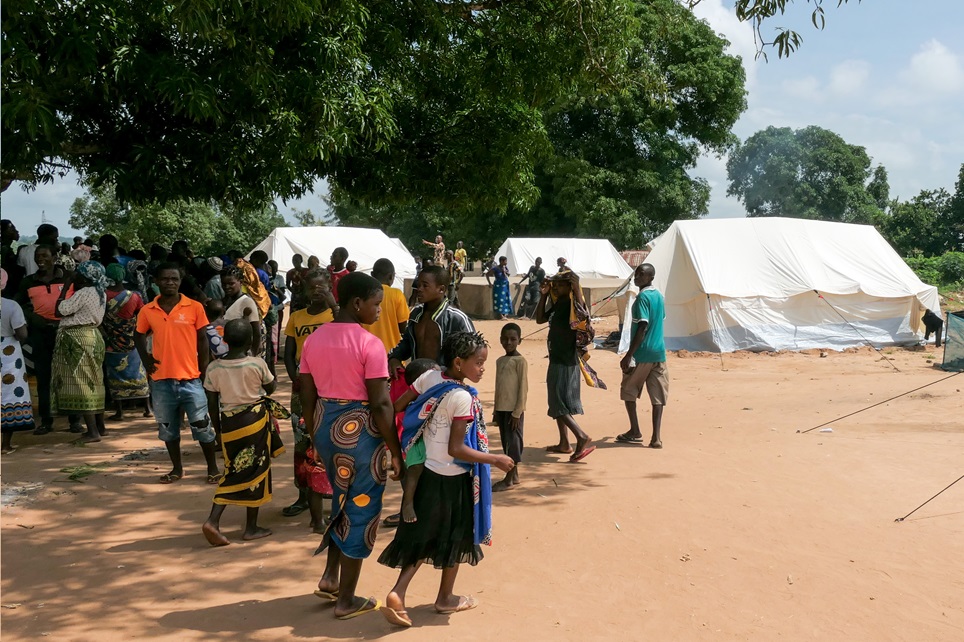
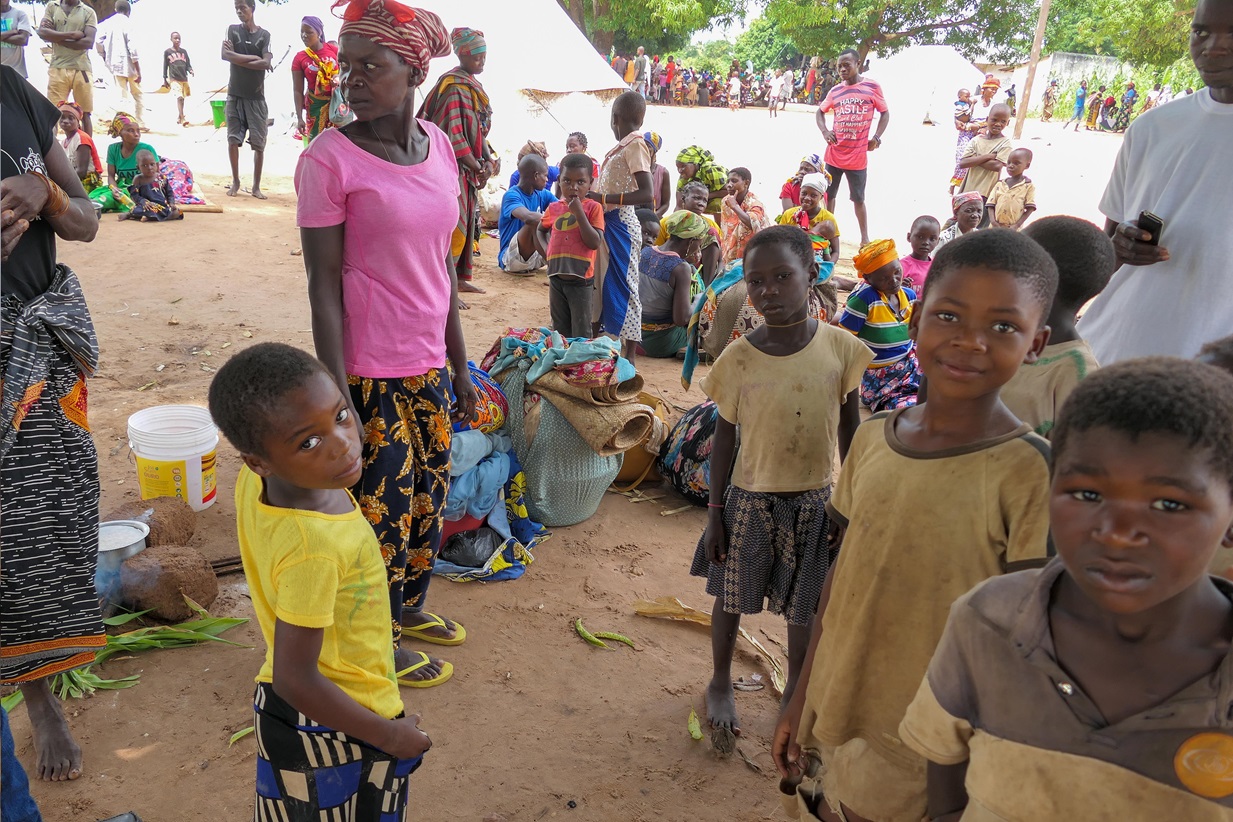
“Now they are coming from very close. Very close indeed, because those neighbours [of the attacked posts] are also taking refuge here in the town,” reports Cassimo, a town councillor for five years, recently sworn in for a second term.
Though without definitive figures, Bahari Ali Cassimo says that the municipality estimates that “more than 13,000 people” have fled to Chiùre in recent weeks, in a town of 75,000 inhabitants, previously.
“It’s a lot of pressure, because we can’t help,” he says, “We need all the humanitarian help that exists, it’s welcome.”
In the same school yard, a group women spends the time in the shelter of a shed, eating dried cassava or preparing a pot of jugo beans that have to feed several mouths.
Like Zenidia Eurico. At the age of 29, she left her village home in the administrative post of Mazeze, and walked without stopping for two days, until she reached Namicire school, one of three in the town of Chiùre receiving the displaced.
Leaving everything behind, she made the journey on foot in the company of five other family members. “They started fighting, damaging houses, the hospital, and the church of a priest. We had to flee,” she says.
“I have nothing. I came here, I’m suffering,” she says, complaining that, after a week, help had yet to reach the family.














Leave a Reply
Be the First to Comment!
You must be logged in to post a comment.
You must be logged in to post a comment.